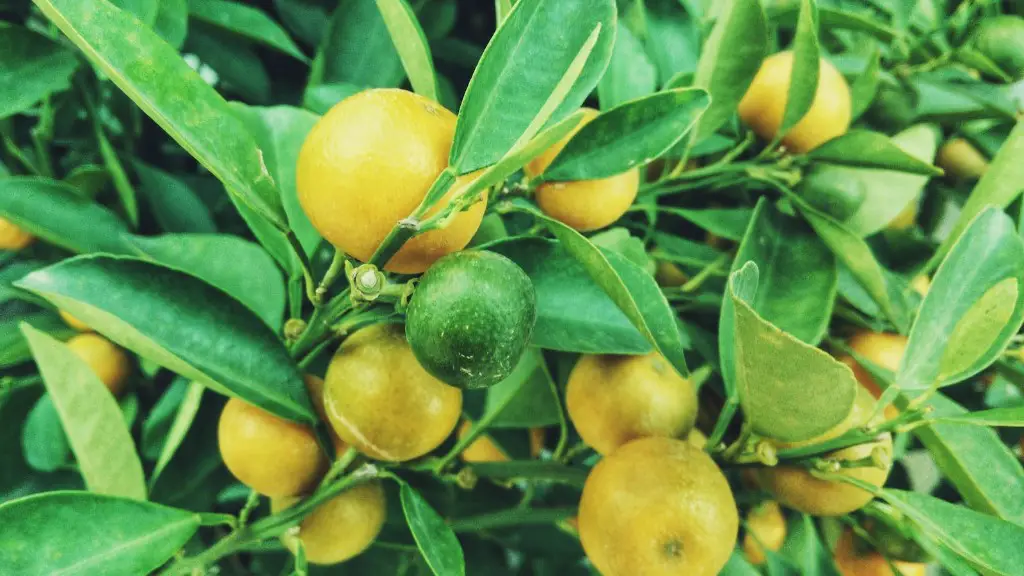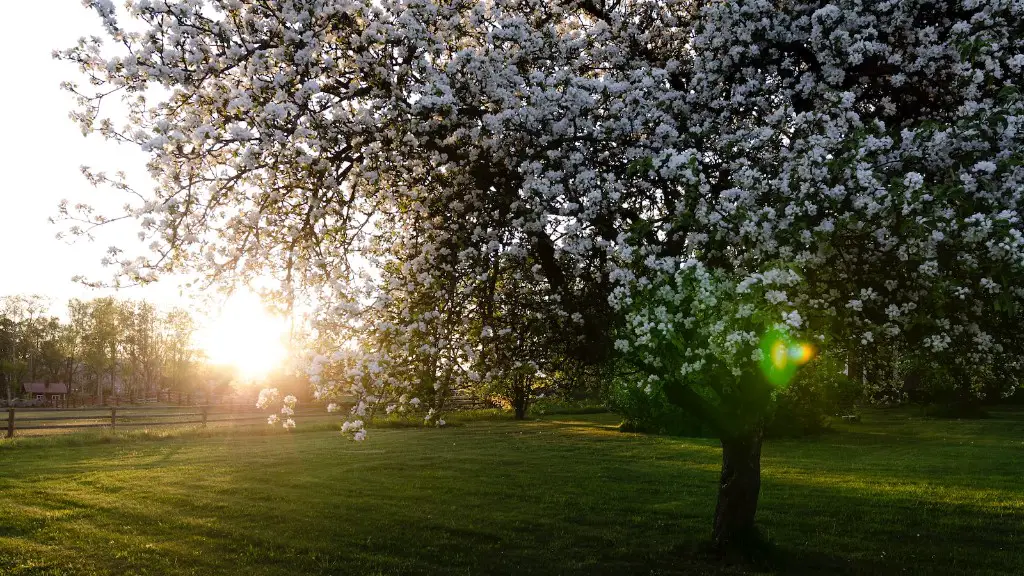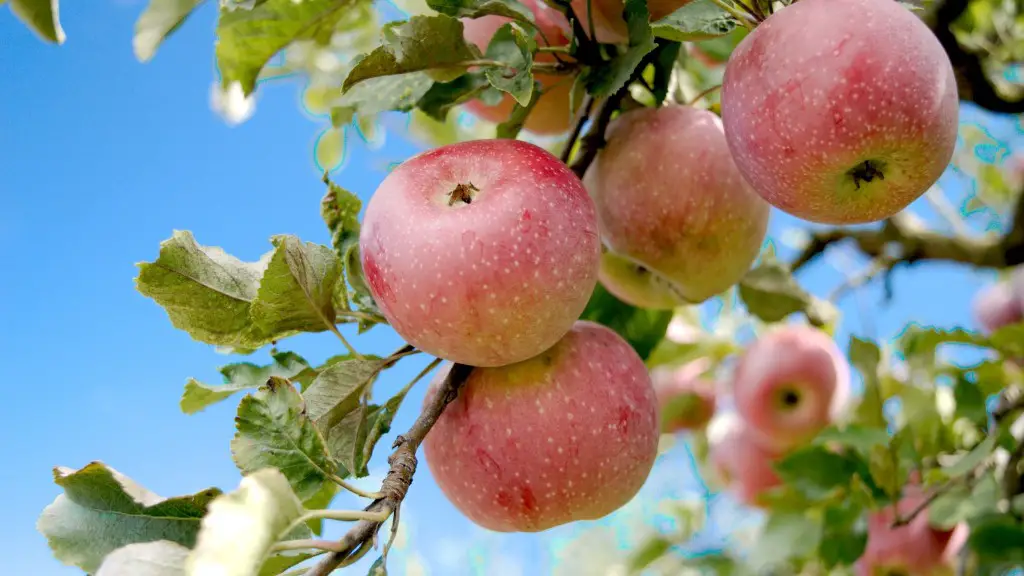Planting a Bottle Palm Tree
If you are looking to add a unique touch to your garden, nothing is quite as eye-catching as a bottle palm tree. These tropical beauties invigorate any outdoor space with their distinctive bulging shape. Despite their delicate aesthetic, these plants are actually quite hardy. Here are some tips for taking care of a bottle palm tree.
Location
Bottle palm trees require ample sun exposure, so they should be placed in an area where they can receive at least 6-8 hours of direct sunlight per day. It is important to place the tree in a location that has good drainage, as this will help ensure that the tree gets plenty of air and will prevent any standing water from pooling around the base of the tree and potentially causing root rot.
Soil
Bottle palm trees prefer soil that is slightly acidic. You should use a well-draining potting mix or a soil mix specifically formulated for palms or cacti. You should avoid using soil from your garden, as it is likely too dense for a bottle palm tree and could cause premature death to the plant.
Watering
Bottle palm trees do not need to be watered very often, and it is generally recommended to wait until the top layer of soil has dried out before watering again. When you do water, ensure that the soil is saturated until the water starts draining out of the pot. Be careful not to water too much, as this could cause root rot. As a general rule, you should water your bottle palm tree once every two weeks.
Fertilizing
To keep your bottle palm tree healthy and strong, it is important to fertilize it on a regular basis. You should use a high-nitrogen fertilizer specifically formulated for palms, and it is generally recommended to fertilize your bottle palm tree once every three to four weeks during the growing season. Be sure to follow the instructions on the package to ensure that you are not over-fertilizing the plant.
Pruning
Bottle palm trees do not require a lot of pruning; however, you can trim off any dead leaves or fronds to help the plant stay healthy and vigorous. In addition, you should remove any seedpods that form to ensure that the tree’s energy is focused on growing rather than producing fruit.
Protection from Winter
Bottle palm trees are quite cold-tolerant, but they can be damaged by prolonged cold and freezing temperatures. If you live in an area with cold winters, it is recommended that you cover the plant with a cold-climate or frost cloth to help protect it from the elements. You can also wrap the trunk of the tree in burlap or horticultural fleece to help keep it warm.
Diseases and Pests
Bottle palm trees are relatively hardy and resistant to disease and pests; however, they can still be affected. If you notice any signs of infestation or infection, be sure to treat the plant right away with an appropriate pesticide or fungicide. It is also important to check the tree regularly for signs of damage or disease so you can take appropriate measures.
Pruning After Bloom
Bottle palm trees will occasionally bloom tiny white flowers that can be quite smelly. After the blooms have finished, the tree will start to produce seed pods. It is important to remove the seed pods right away, as they can be unsightly and can cause the plant to produce less flowers in the future. You can also prune off any of the dead flower stalks to keep the tree looking tidy.
Pot Size and Repotting
Bottle palm trees tend to grow quite slowly, but they do need to be repotted from time to time to keep them healthy. You should select a pot that is only slightly larger than the size of the tree’s root ball, and be sure to use a well-draining potting mix. It is also important to use a pot with adequate drainage holes, as this will help ensure that the plant’s roots are never sitting in water.
Winter Protection
If you live in an area with cold winters, it is important to take steps to protect your bottle palm tree from the cold. Be sure to mulch around the base of the tree to help insulate the soil and to keep the roots from freezing. You should also wrap the trunk of the tree with burlap or horticultural fleece to provide further insulation. And, if the temperatures are expected to be below freezing, you should either bring the tree indoors or cover it with a cold-climate or frost cloth. These steps will help ensure that your bottle palm tree survives the cold winter months and thrives in the spring.
Provide Support
Bottle palm trees have a distinct shape, with their bulbous trunk, and this can make them top heavy and prone to tipping. To help prevent this, you should consider planting the tree in a pot that is weighted down with stones or bricks. Alternatively, you can stake the tree with a sturdy wooden or metal stake to provide additional support.
Fertilize During Blooming
Your bottle palm tree will benefit from a nitrogen-rich fertilizer during its blooming period. This should be supplemented by a balanced fertilizer during the rest of the year. For best results, it is recommended to use a slow-release fertilizer specifically designed for use on palms or cacti.
Treating Brown Tips
Brown tips are a common problem with bottle palm trees, and they can be caused by several factors such as overwatering, underwatering, and nutrient deficiencies. To treat brown tips, you can use a light application of baby powder or cinnamon to help reduce the risk of infection and to help promote new growth. If the damage is extensive, you can also prune off the affected leaves to encourage new growth.



